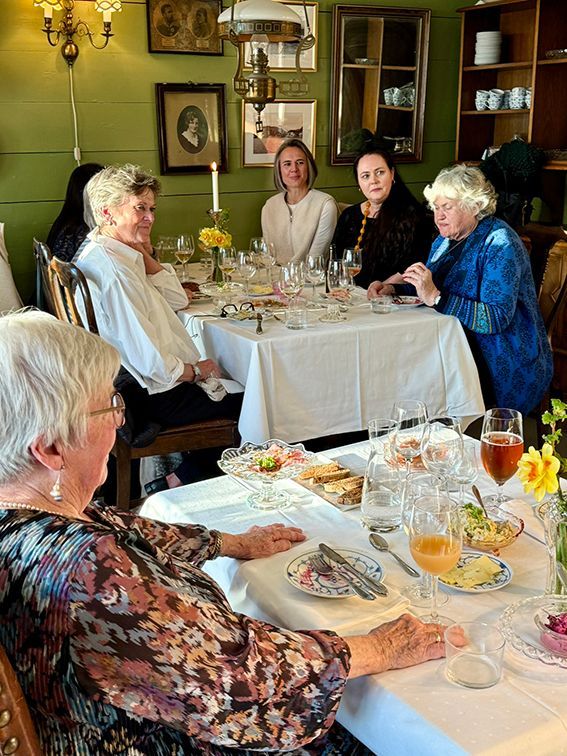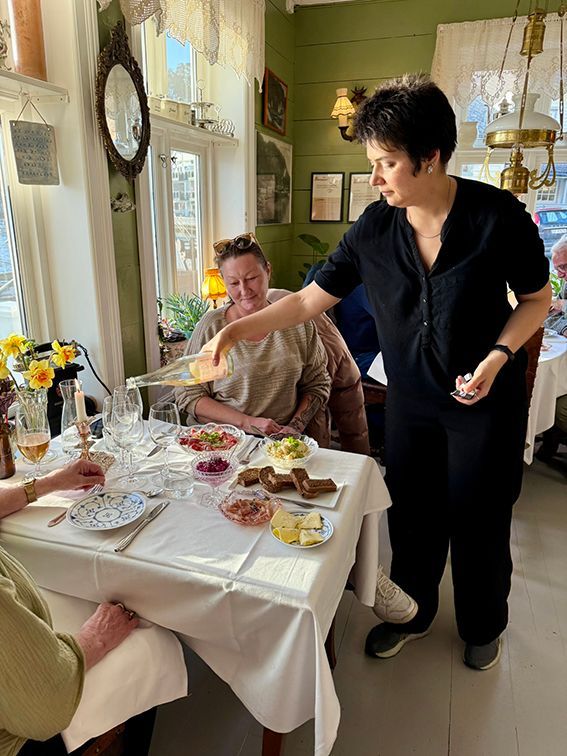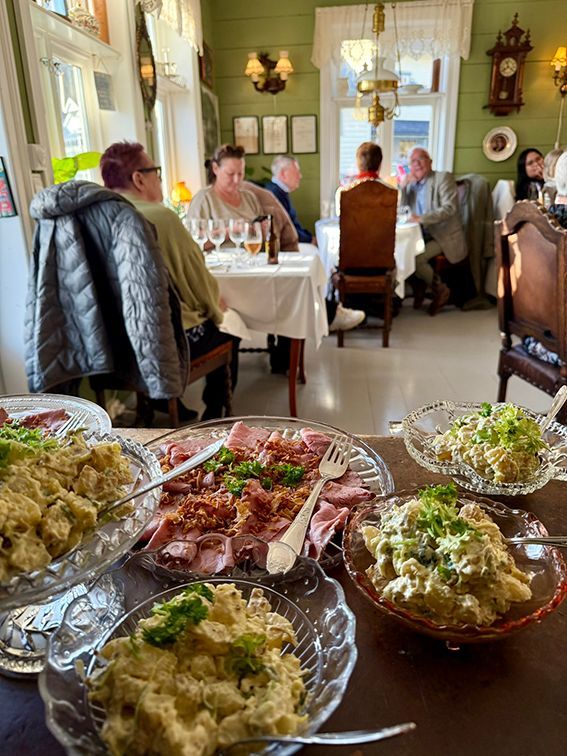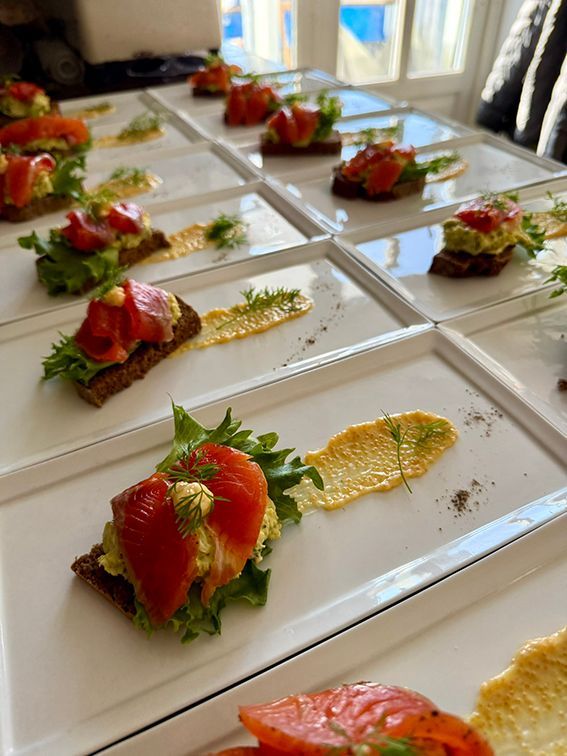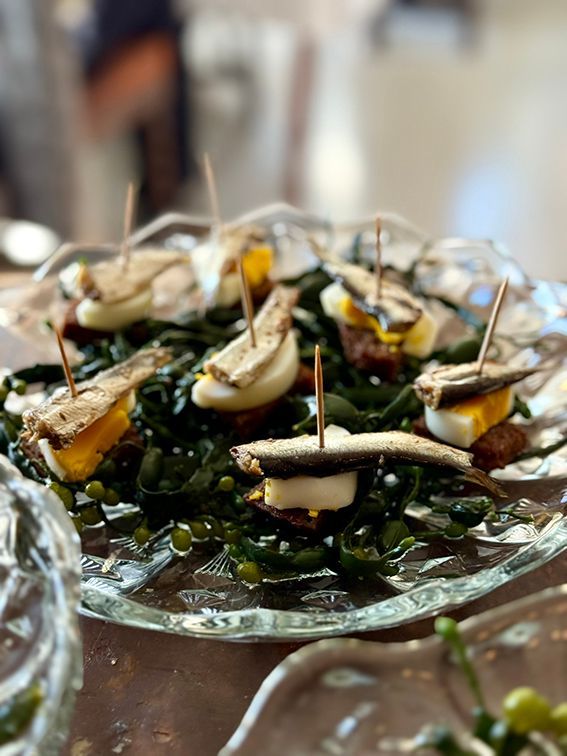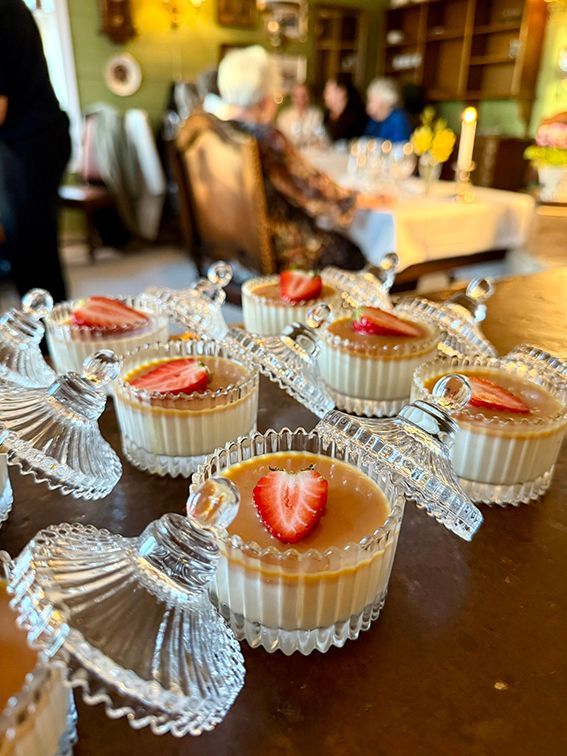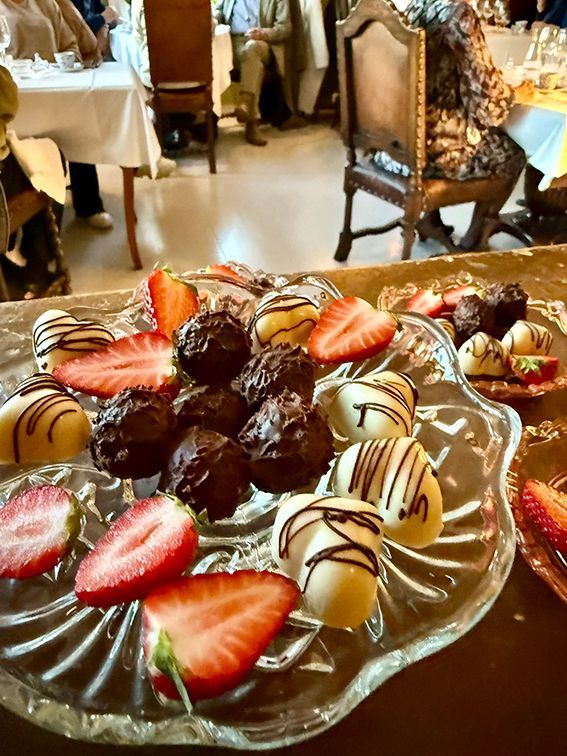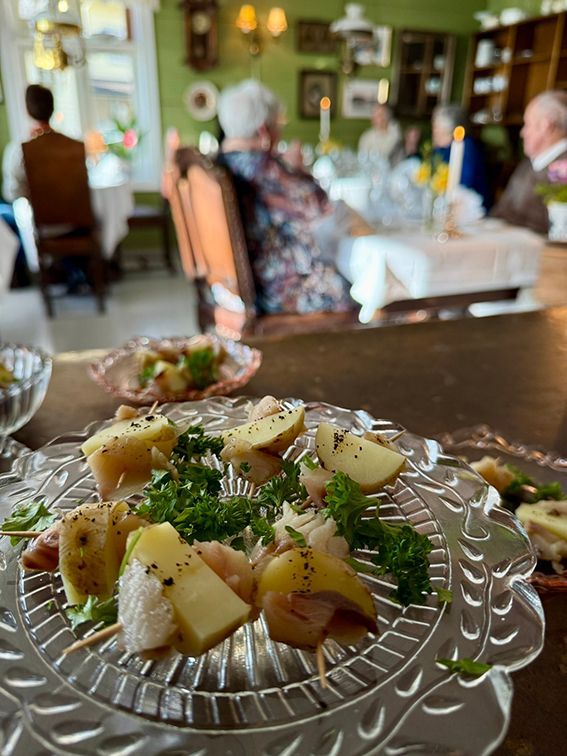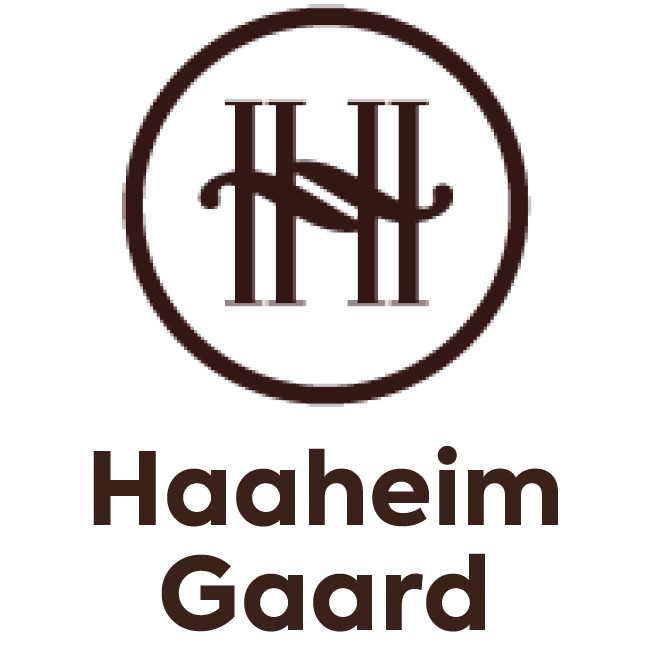EH Vaage

The story of EH Vaage – a living memory from a bygone era
It was in the year 1868 that a new chapter began on Eie. Hans Engelsen Vaage built a foundation on Myklestadeie and set up a shop there, in a place where fjords and mountains meet. The house he used was moved from Godøy – an inheritance from his wife, Ingeborg Bakke. She was reluctant to the move, but the family history says: “It was he who was the man, so it was so.”
They built a small trading post that would eventually grow into a large one. Their son, Engelaus Haus Martin Vaage, married Anna Briksen, from the old trading family in Samnanger, in 1894. She brought a dowry of 35,000 kroner – a fortune in her time – and with the funds they built a new and proud trading post on the other side of the river. The building was completed in 1902 and became a vibrant gathering point for the village.
But life was not all easy. Anna died in childbirth with her fourth child in 1905, and Engelaus was left a widower. He later found love again in Brita Bjødnebøle from Kvinnherad, and together they had ten children. Engelaus had 14 children in total – and they said they didn't like him.
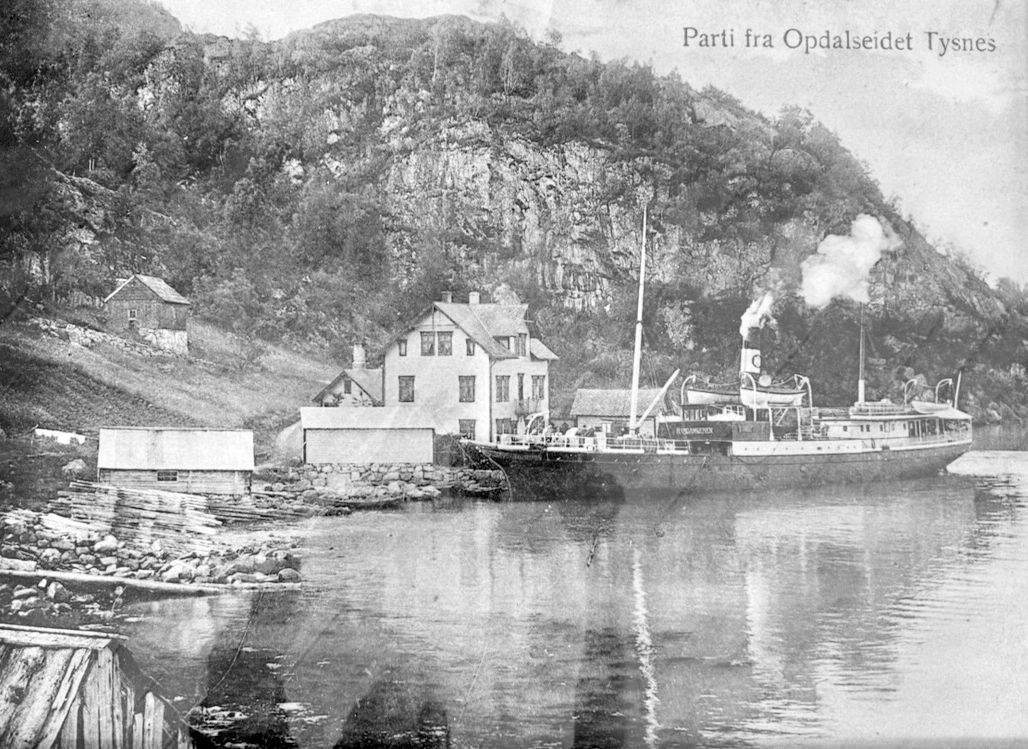
The golden years for trade on Eie were the 1920s and 30s. Three shipping companies docked here, and there was a lot of activity – both on land and at sea. The dock was a hub, a small center in a larger landscape. When Engelaus died in 1943, the business changed hands, and in 1947 his son Ole Vaage took over, together with his wife Gunda.
But times changed. Gradually, it was no longer steamboats, but roads that connected people together. Traffic decreased, and the last regular boat docked at EH Vaage in 1983. At that time, Ole resigned from the Sunnhordland Båtekspedisjonslag. Four years later, in 1987, he and Gunda closed down the shop – he was 85 years old at the time, and an era was over.
A foundation was later established to preserve this treasure trove of cultural history, but the work stalled. It was not until 2015 that new hope came: Torstein took over the property and began a careful and loving restoration – back to how it once stood in 1902.
Behind the trading house lies the old wood-fired bakery – once a busy workplace for three bakers. Today, the entire trading post stands as a living museum. Here you will find a small general store, a chocolate factory and a restaurant – all rooted in history, the smell of freshly baked bread, and memories of a time when steamboats plied the docks at Eie.


